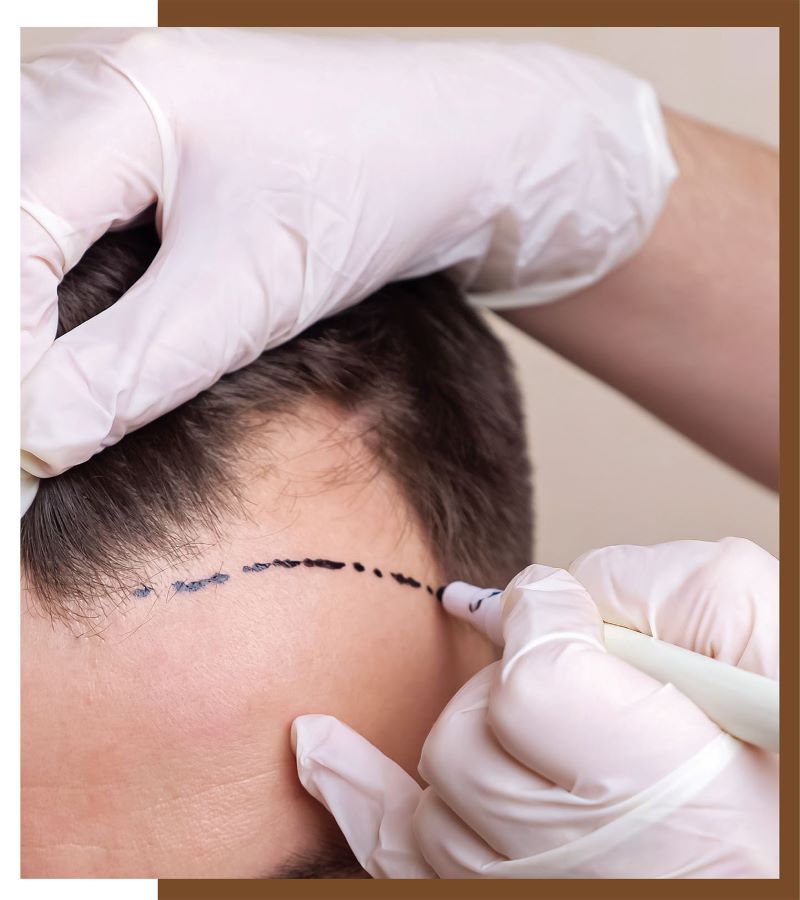
Introduction:
A hair transplant can be a life-changing procedure for those experiencing hair loss or thinning. It’s a transformative journey towards regaining your confidence and a fuller head of hair. However, like any surgical procedure, it’s essential to understand the recovery process to ensure the best possible results. In this blog, we will explore the recovery time and offer valuable tips to help you navigate the post-hair transplant phase.
Hair Transplant: A Brief Overview
Before diving into the recovery process, let’s briefly understand what a hair transplant entails. It’s a surgical procedure that involves extracting hair follicles from one part of your body (usually the back of the head, known as the donor area) and implanting them into the bald or thinning areas (the recipient area). This allows for the growth of new hair in the recipient area.
Recovery Time: What to Expect
The recovery time after a hair transplant can vary from person to person and depends on the type of procedure performed (FUT or FUE). However, here’s a general timeline to give you an idea of what to expect:
1. Immediate Post-Procedure Period (Days 1-2):
You may experience some discomfort, swelling, and redness in the recipient area. Tiny scabs will form around the transplanted hair follicles. Rest is essential during this phase.
2. First Week:
Swelling and redness usually subside. Continue to avoid strenuous activities. Gently clean and care for the transplanted area as per your surgeon’s instructions.
3. Second Week:
Most of the scabs will have fallen off by now. You can typically return to light activities, but avoid heavy lifting and vigorous exercise. Follow your surgeon’s advice on hair washing and care.
4. Third to Fourth Week:
Hair shedding is common during this phase, but don’t be alarmed; this is a normal part of the process. New hair will begin to grow, although it may be thin at first.
5. Months 3-6:
Noticeable hair growth becomes more apparent. Hair gradually thickens and regains its natural texture. Continue to follow your surgeon’s instructions for care.
6. Months 6-12:
You should see significant improvement in hair density and texture.
By this time, the transplanted hair will continue to thicken and blend with your natural hair seamlessly.
Tips for a Smooth Recovery:
Follow Post-Op Instructions: Adhere to your surgeon’s guidance regarding post-operative care, including how to wash your hair, medications, and activities to avoid.
Protect the Transplanted Area: Avoid exposing the transplanted area to direct sunlight or harsh elements. Use a hat or sunscreen when necessary.
Healthy Lifestyle: Maintain a balanced diet, stay hydrated, and get adequate rest to support the healing process.
Avoid Smoking and Alcohol: Smoking and excessive alcohol consumption can hinder the healing process and negatively impact hair growth.
Patience is Key: Understand that hair transplant results take time. Don’t be discouraged by initial shedding; it’s a sign that new hair is on its way.
Regular Follow-Up: Keep your scheduled follow-up appointments with your surgeon to monitor your progress and address any concerns.
Conclusion:
Hair transplant recovery is a journey that requires patience and proper care. By understanding the recovery timeline and following these tips, you can optimize your chances of achieving the best possible results. Remember, a successful hair transplant can be a life-changing experience, leading to increased confidence and a revitalized appearance.

